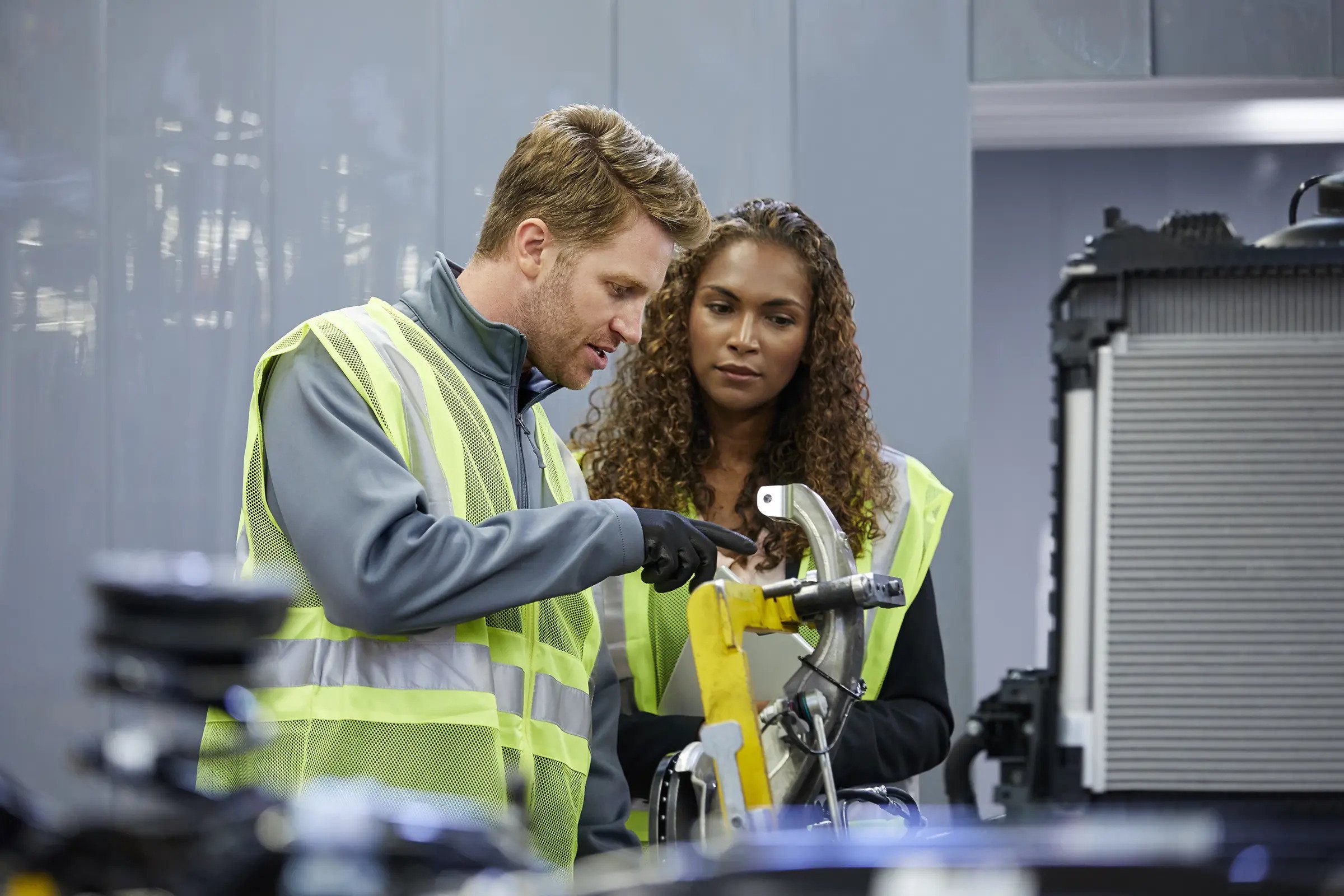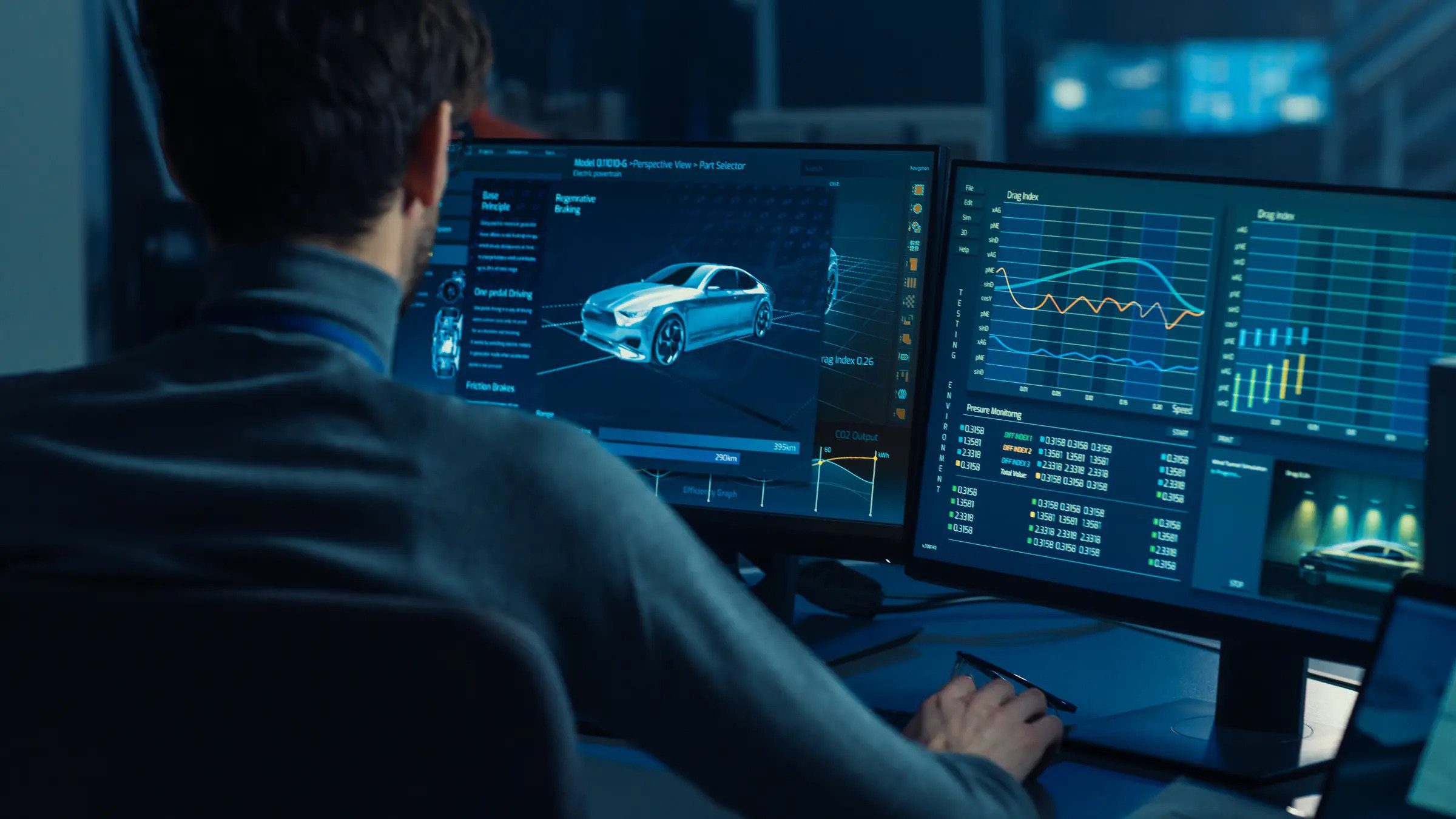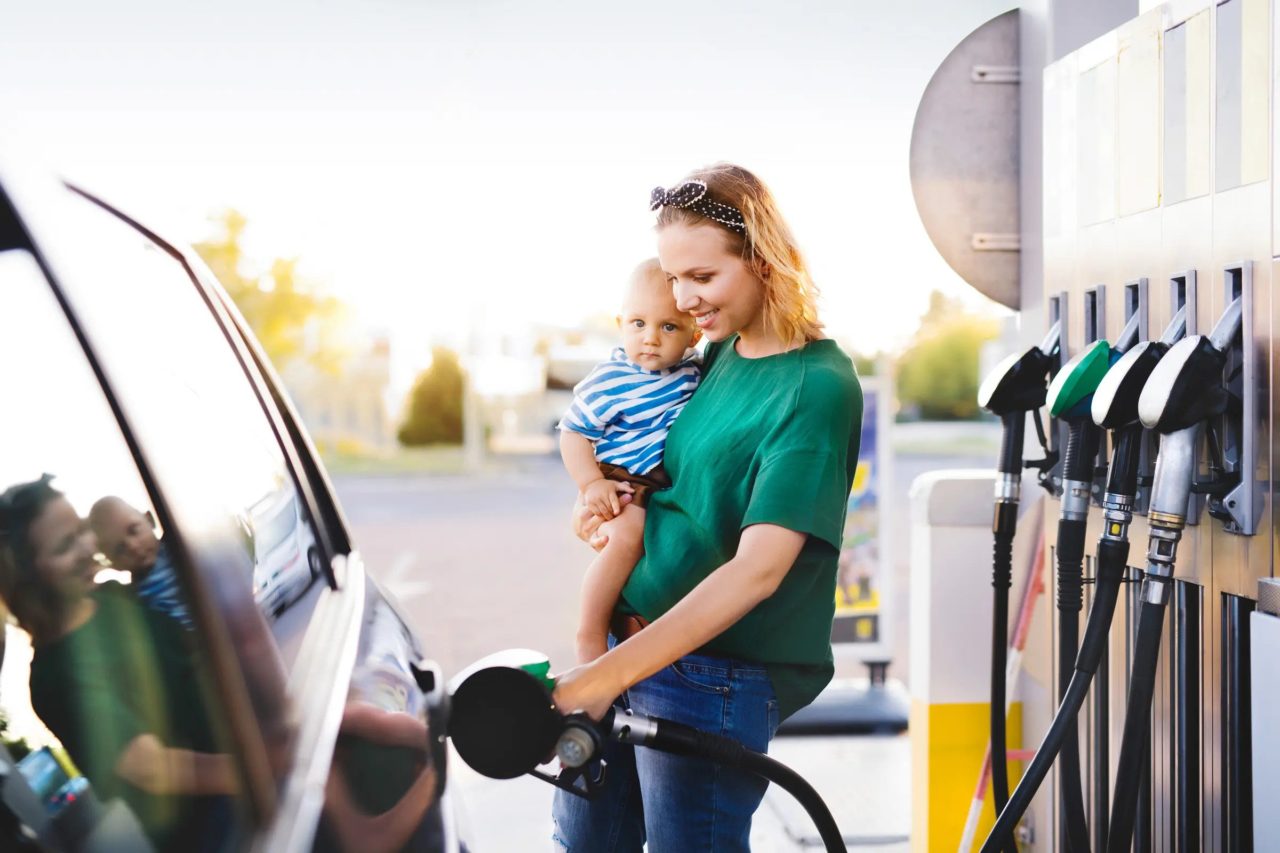This is the seventh and final article in the Driving Towards Sustainability series about the critical role plastic will play as U.S. automotive manufacturing and transportation sectors move towards sustainability and a more circular economy. Check out the sixth article in our series on the ACCESS framework for automotive innovation: S is for Shared Mobility.
OK, so we’re not zipping around in flying cars like the Jetsons. Yet. But our cars are getting seriously cooler every year thanks to new technologies that make driving more fun, fun, fun.
However, having more fun behind the wheel isn’t everything.
According to a Consumer Reports survey, drivers want better fuel economy for their cars. Eighty-three percent of Americans expect each new generation of vehicles to be more fuel-efficient than the last. And nearly three quarters believe automakers have a responsibility to continue improving gas mileage.
Some of these expectations are driven by cost savings at the pump. And some are driven by desires to improve sustainability.
To help move sustainability into the fast lane, multiple innovations are helping cut emissions and reduce waste. And America’s Plastic Makers® are working with automakers today to design the cars of tomorrow. A few examples:
- Lightening the Load. This might seem obvious, but cars are heavy. Getting them where we need to go takes a lot of energy, which uses a lot of fuel. Modern plastics are powering sustainability advances such as lightweighting, in which components made with heavy steel are replaced with lightweight plastic materials, significantly reducing weight. Advanced plastics and polymer composites reduce automotive weight by an average of 500 pounds. This helps boost fuel economy, contributing to sustainability, as well as safety and performance. For example, using carbon fiber-reinforced plastics could reduce weight of auto components by up to 75% and help make cars more aerodynamic. Another example: Using transparent plastics for windows and sunroofs can reduce weight up to 40% compared to glass. So we can use less gas, keep more money in our pockets and drive down greenhouse gas emissions.

- Bringing the Pieces Together. When it comes to building, repairing and recycling a fuel-efficient vehicle, there are lots of moving parts—literally. OK, some of those parts are stationary, but they all have to come together, fit together and stay together for the lifetime of a vehicle. That’s where research into innovations such as reversible bonding can help automakers more readily assemble vehicle parts and then separate them again for recycling at the end of a car’s life. Reversible bonding technologies basically allow plastic car parts to bond, un-bond and re-bond to each other, which could pave the way for making it significantly more efficient and economical to join, repair and recycle car components. It also could drive down repair delays and costs, along with the environmental footprint of our cars. You can learn more about this promising technology here.
- Getting Smarter on Vehicle Testing. Collison testing creates a lot of waste. But advanced plastics are helping make the vehicle safety testing process a whole lot smarter. Automakers today can use “nondestructive evaluation” technologies to evaluate performance of parts without damaging them. For example, these technologies can be used to measure the strength of certain plastics used in car parts. What does that mean? It means automakers can get critical safety data without needing to crash the car, reducing costly experimental testing and waste. That helps ensure safety and reliability while saving money—and the necks of those poor crash test dummies.

Plastics are driving the sustainability revolution, helping automakers build the lighter, safer and more recyclable vehicles of the future. And plastics are helping automakers deliver the lower-carbon cars and trucks that Americans are increasingly demanding.
For more on plastics’ contribution to sustainability, visit two of our previous ACCESS articles on Circularity and Electrification. Continue to visit America’s Plastic Makers: Making Sustainable ChangeSM to learn more about the steps America’s Plastic Makers® are taking to help end plastic waste, build a circular economy for plastics and create a more sustainable future.

